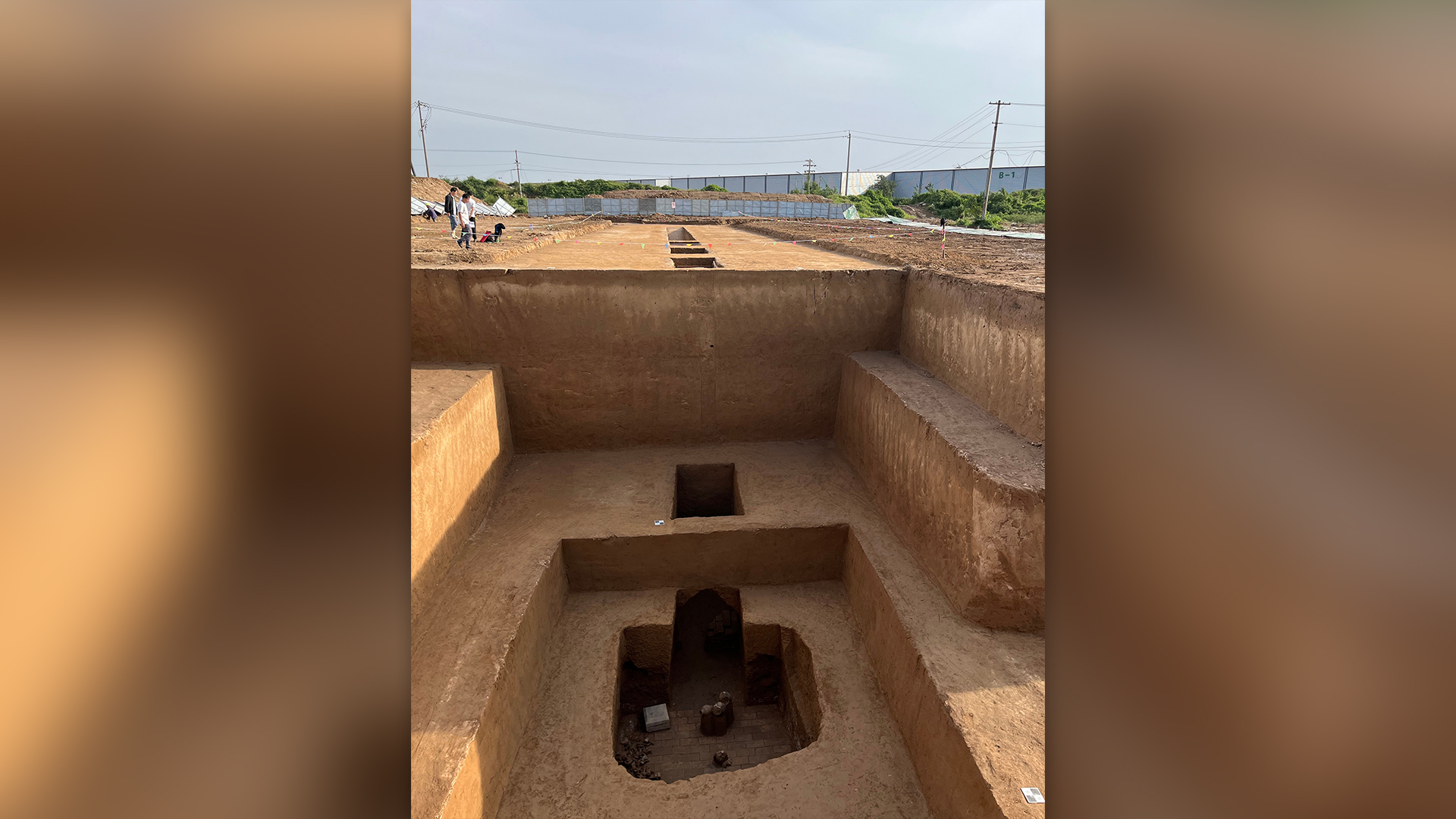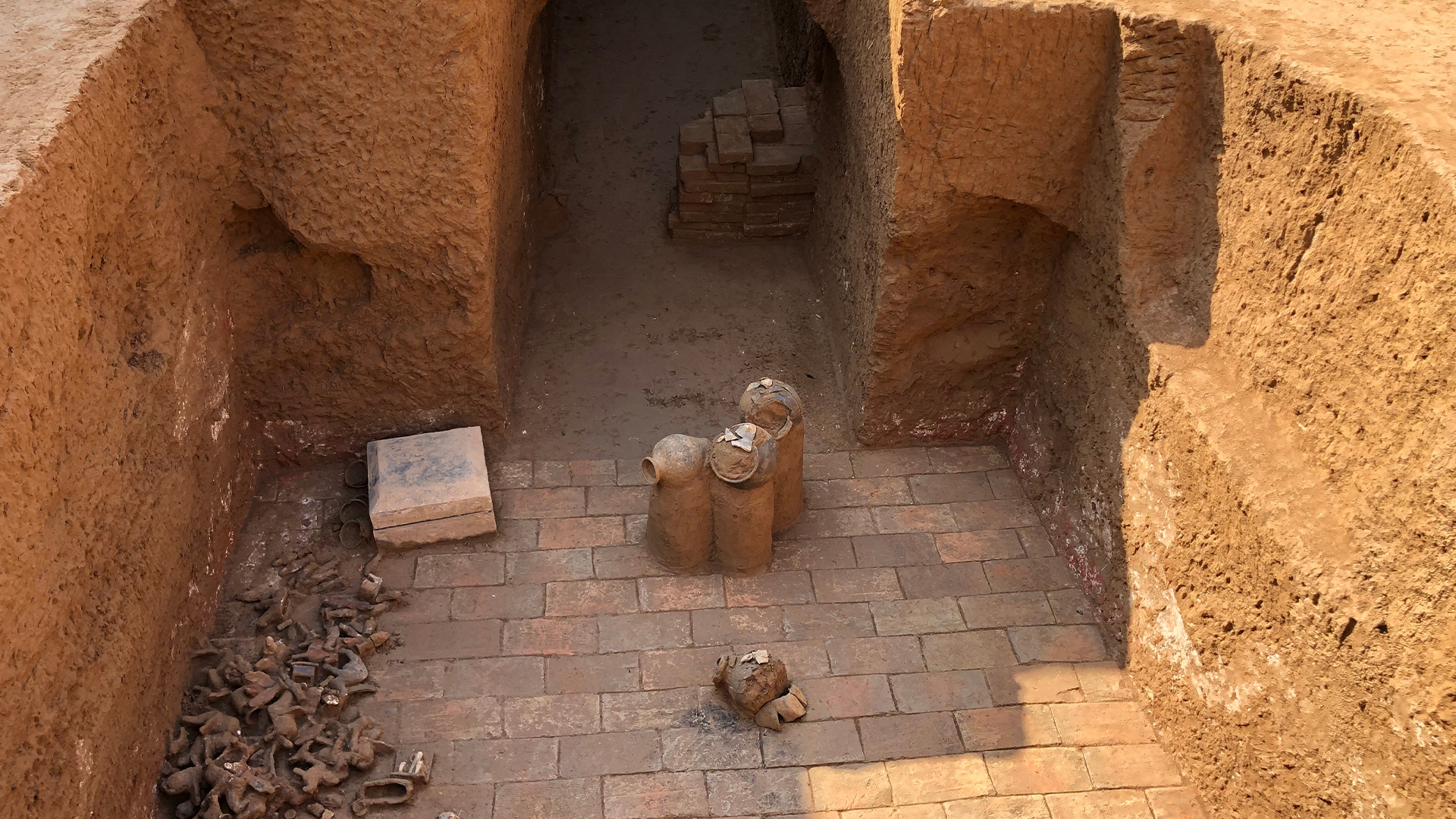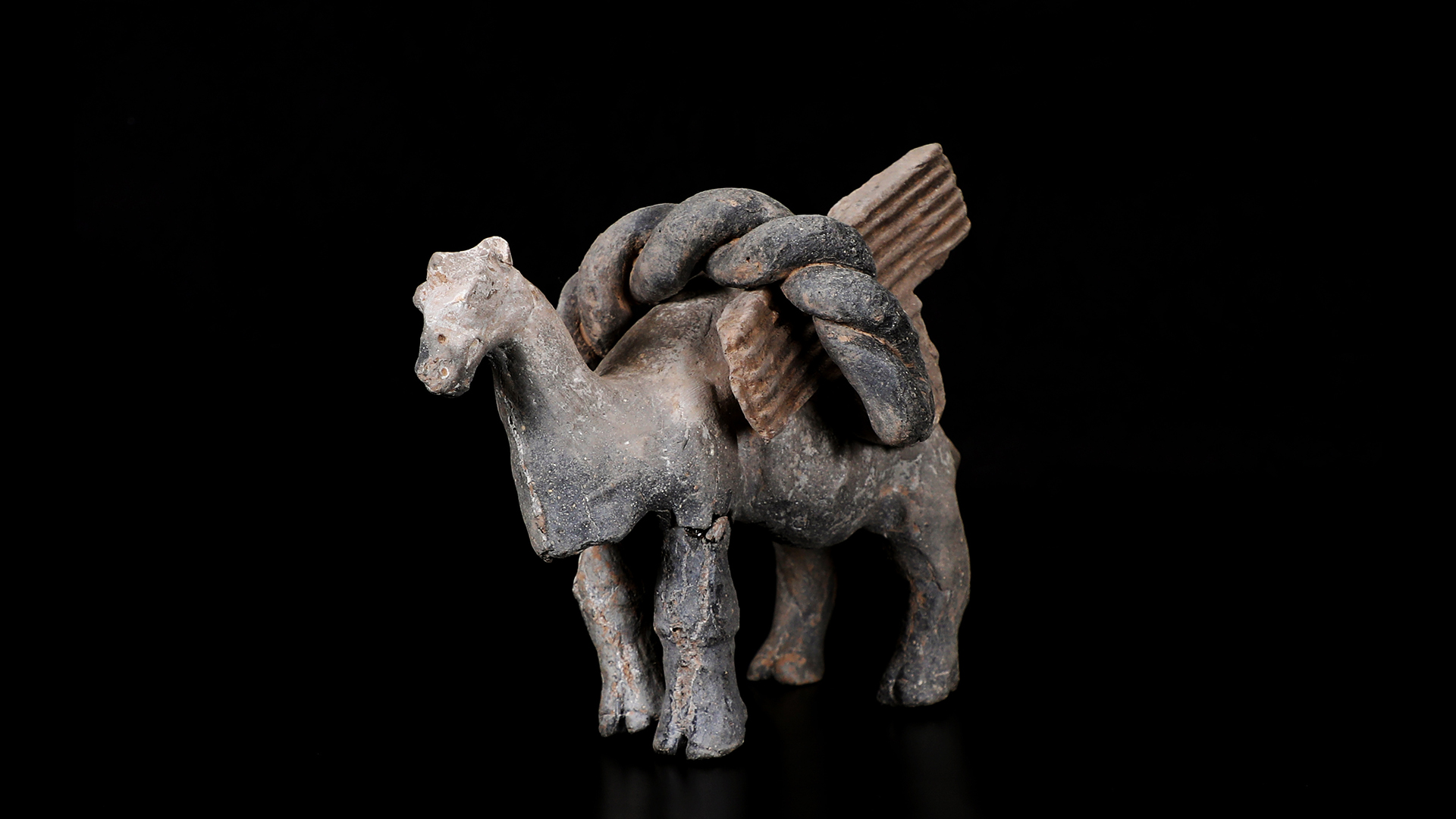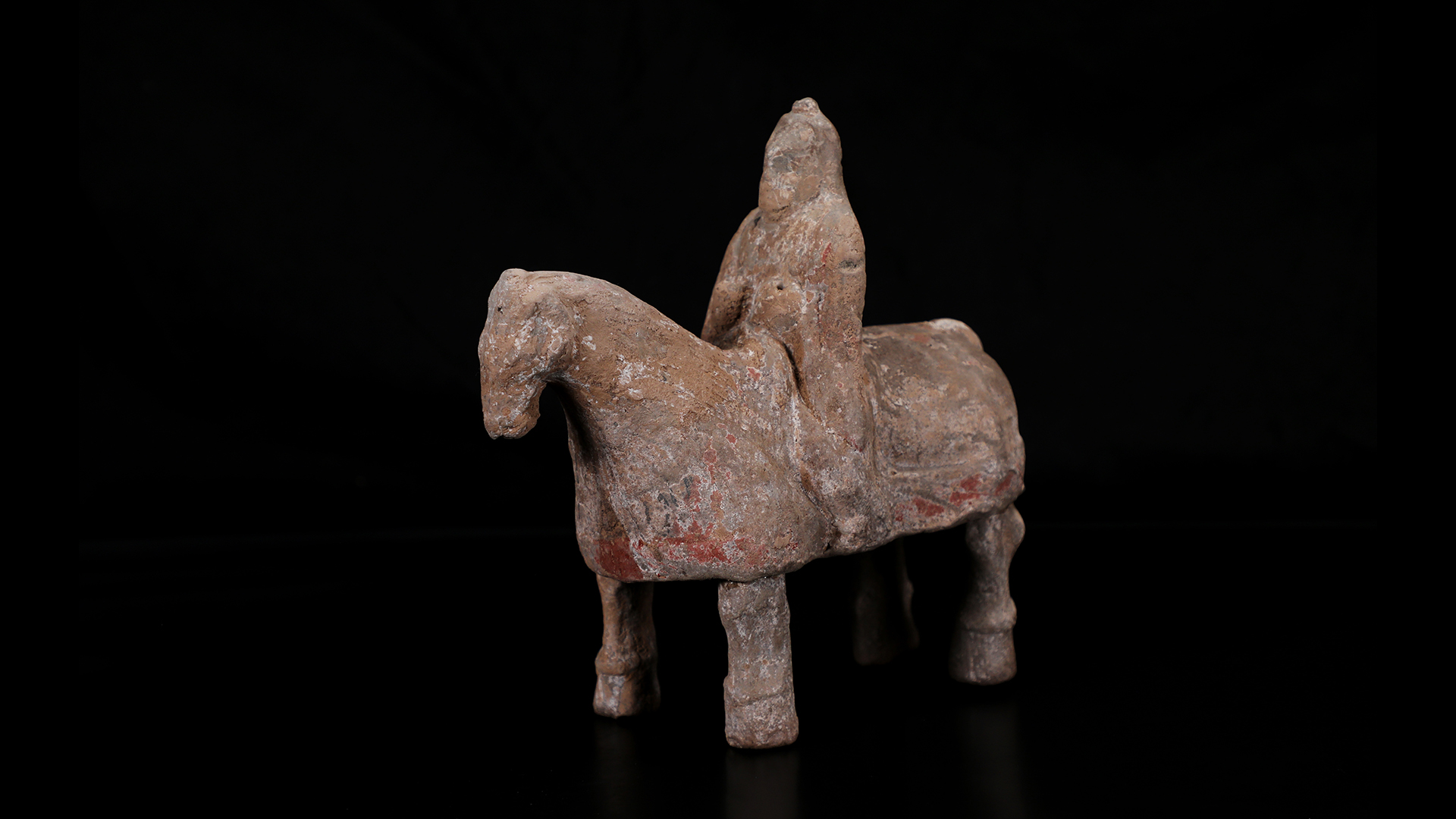1,400-year-old tomb of emperor in China reveals evidence of royal power struggle among brothers and a warlord
An inscription on the 1,400-year-old tomb shows the dead man, who was posthumously declared emperor, was buried as a duke.

The 1,400-year-old tomb of a Chinese emperor confirms a political power struggle between royal brothers and a warlord that, until now, was known only from historical records.
The official Chinese news agency Xinhua reported last week that archaeologists had unearthed the tomb near the city of Xianyang in Shaanxi province, about 560 miles (900 kilometers) southwest of Beijing.
The report said the tomb holds the remains of Emperor Xiaomin — also known by his personal name, Yuwen Jue — who is regarded as the founder of the Northern Zhou dynasty in 557. But historians say Jue was deposed and executed after ruling for only a few months and that he wasn't proclaimed emperor until decades later.
The newfound tomb near Xianyang is inscribed with an epitaph, written in characters painted with cinnabar, a red mineral form of mercuric sulfide. It describes Jue as "Duke of Lueyang," which was his official rank at the time of his death, and not as emperor.
Related: 3,000-year-old gold funeral mask unearthed in noble's tomb in China
Imperial tomb
According to the Shaanxi Academy of Archaeology, which is working on the excavations, the tomb was found in an area northwest of Xianyang that has many high-status tombs from that time.
A tomb belonging to Jue's younger brother was previously found nearby, while the tomb of yet another brother, Yuwen Yong — Emperor Wu of the Northern Zhou — is about 5 miles (8 km) to the east.
Get the world’s most fascinating discoveries delivered straight to your inbox.
The newfound tomb is a single earthen chamber about 184 feet (56 meters) long and about 33 feet (10 m) deep.
At some point, the tomb was disturbed by grave robbers, but the archaeologists unearthed 146 artifacts buried there as grave goods, including terra-cotta figurines and pottery, according to Xinhua.
Power struggle
Experts say the inscription on the tomb provides the first physical evidence of the political struggle that took place during the founding of the Northern Zhou dynasty, which had been described only in historical writings.
At that time, China was fractured into several kingdoms plagued by civil wars and political chaos — a period historians call the time of the Northern and Southern dynasties, between 420 and 589.
Historian Albert Dien, a professor emeritus of Chinese at Stanford University who was not involved with the tomb's discovery, told Live Science that Jue had been installed on the imperial throne by his cousin and guardian, the warlord Yuwen Hu.
Jue was the son of Yuwen Tai, a powerful general of the Western Wei dynasty who died in 556, and with Hu's support, Jue ascended the throne in 557.
But Jue rebelled against control by Hu, so Hu had him deposed and executed a few months later, replacing him with another brother, Yuwen Yu — Emperor Ming.
Hu eventually poisoned Yu, and then controlled the Northern Zhou dynasty through puppet rulers until he was assassinated in 572 by a clique loyal to yet another brother, Yuwen Yong, who had become Emperor Wu.
Jue was proclaimed the first emperor of the Northern Zhao dynasty only after Yong dispatched Hu, roughly 37 years after Jue's death, Dien said. As a result, the inscription on the newfound tomb near Xianyang shows Jue had been buried as a duke when he died, and not as an emperor.
Tom Metcalfe is a freelance journalist and regular Live Science contributor who is based in London in the United Kingdom. Tom writes mainly about science, space, archaeology, the Earth and the oceans. He has also written for the BBC, NBC News, National Geographic, Scientific American, Air & Space, and many others.





